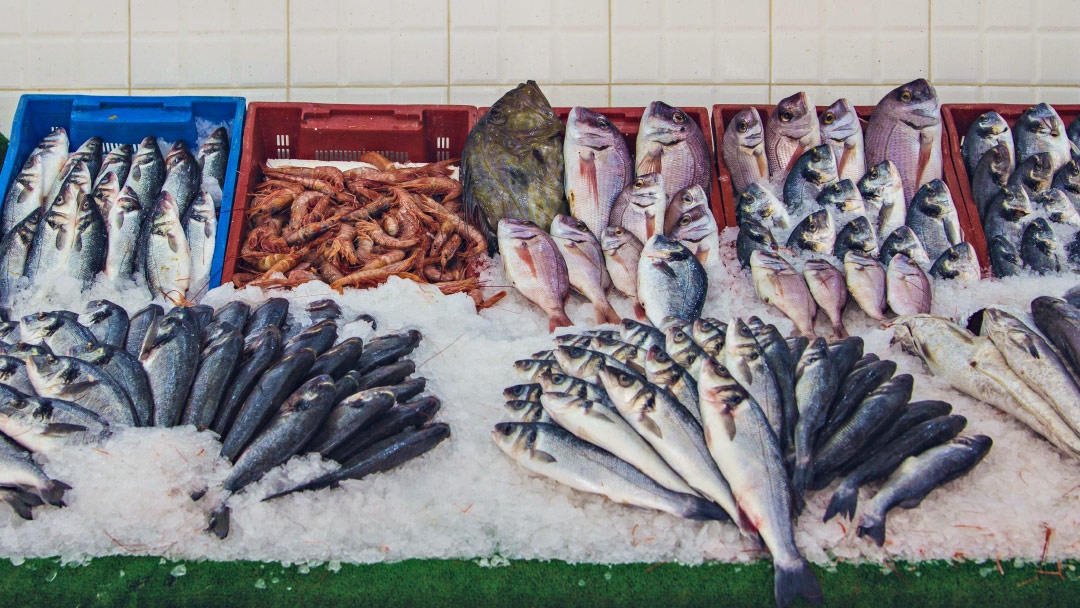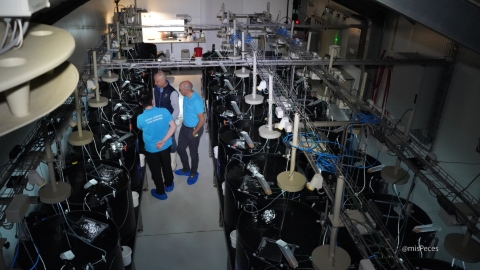
Aquaculture products are emerging as a sustainable and high-quality alternative to the fluctuations in wild-catch supply within European Union markets, according to a recently published report by the European Market Observatory for Fisheries and Aquaculture Products (EUMOFA).
In 2022, the consumption of aquaculture products reached 6.82 kilograms per person, the highest figure recorded in the past decade. In contrast, the consumption of wild-caught products fell to 16.70 kilograms per person, making its lowest point in 10 years.
This trend underscores the role of aquaculture as a resilient sector, able to adapt to fluctuations in wild catches and imports, and cementing its position as a key source of domestic supply.
Among the most commonly farmed species are salmon, rainbow trout, mussels, and gilthead sea bream, which the report highlights as being “highly valued for their quality and sustainability.”
Challenges remain
However, not all news is positive. In 2023, the total consumption of aquatic products-including both wild-caught and farmed-fell to its lowest level on record. This decline is attributed to the impact of rising prices driven by inflation and geopolitical tensions, which have significantly eroded consumers’ purchasing power.
The overall drop in consumption aligns with a 1% reduction in apparent consumption of fishery and aquaculture products compared to 2021, reflecting a slight contraction in the market due to reduced wild catches, lower aquaculture production, and declining imports.
Lastly, the report highlights a further deterioration in the EU’s trade balance, with a 2% decline in value and a 6% decrease in trade volume falling to 5.9 million tonnes, below pre-pandemic levels.


